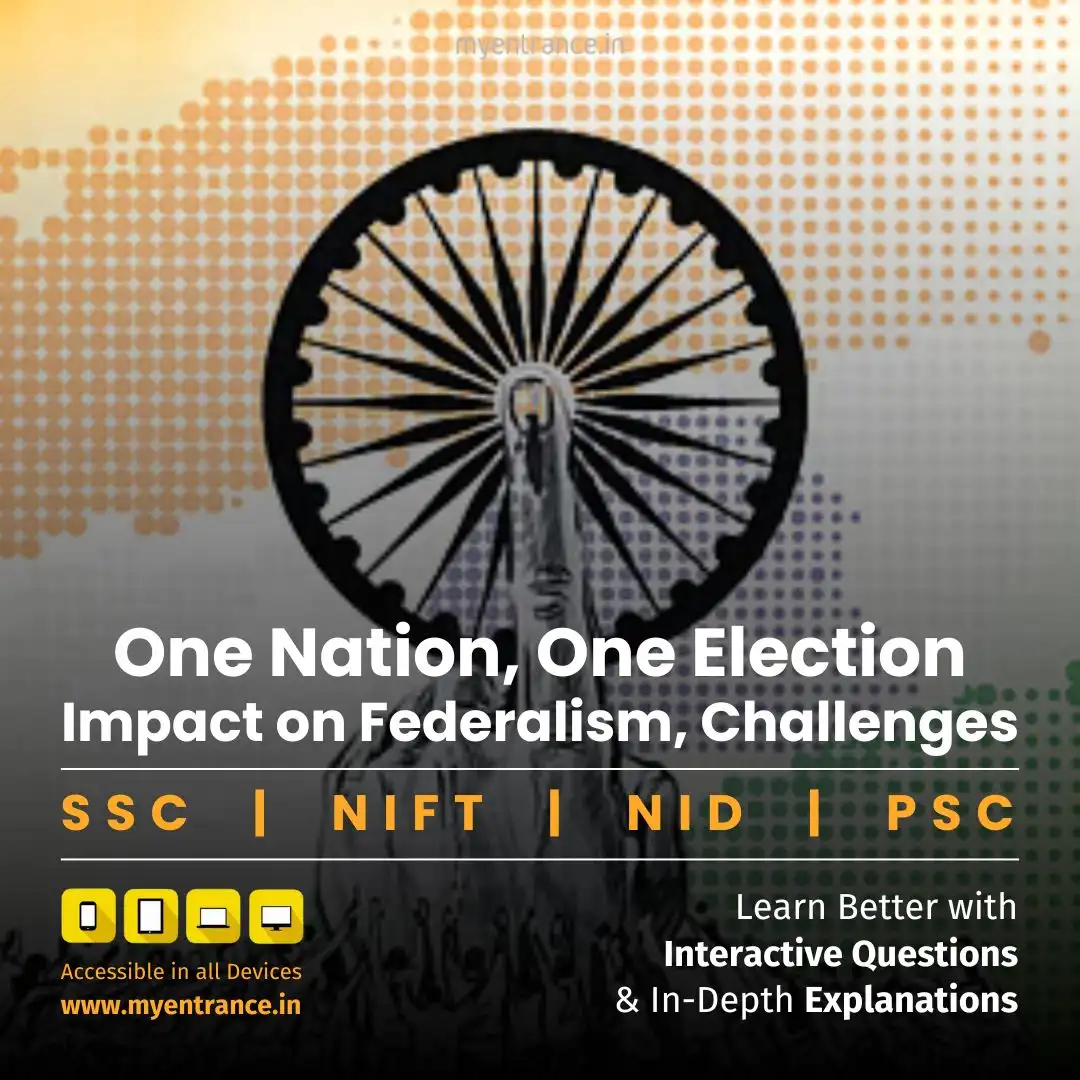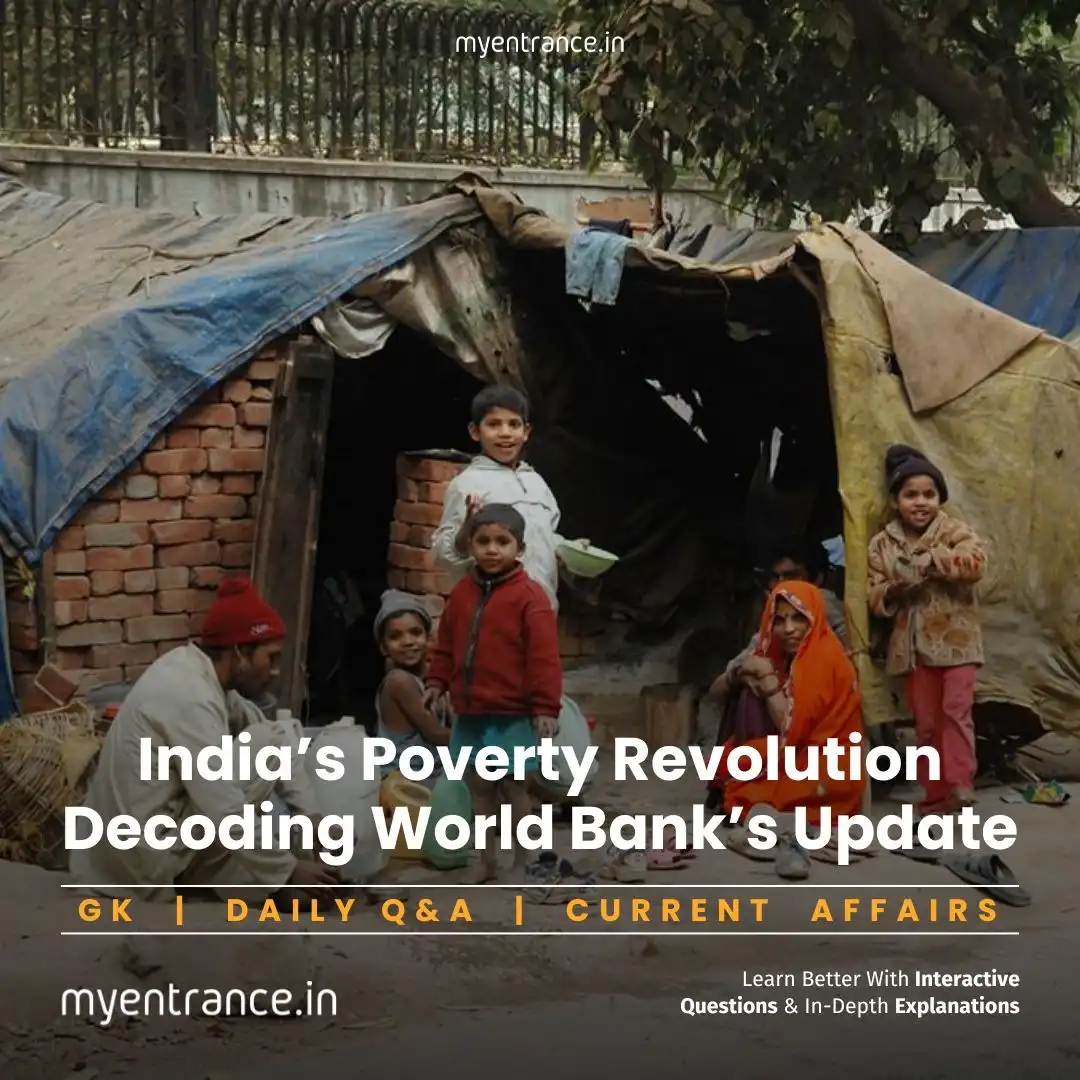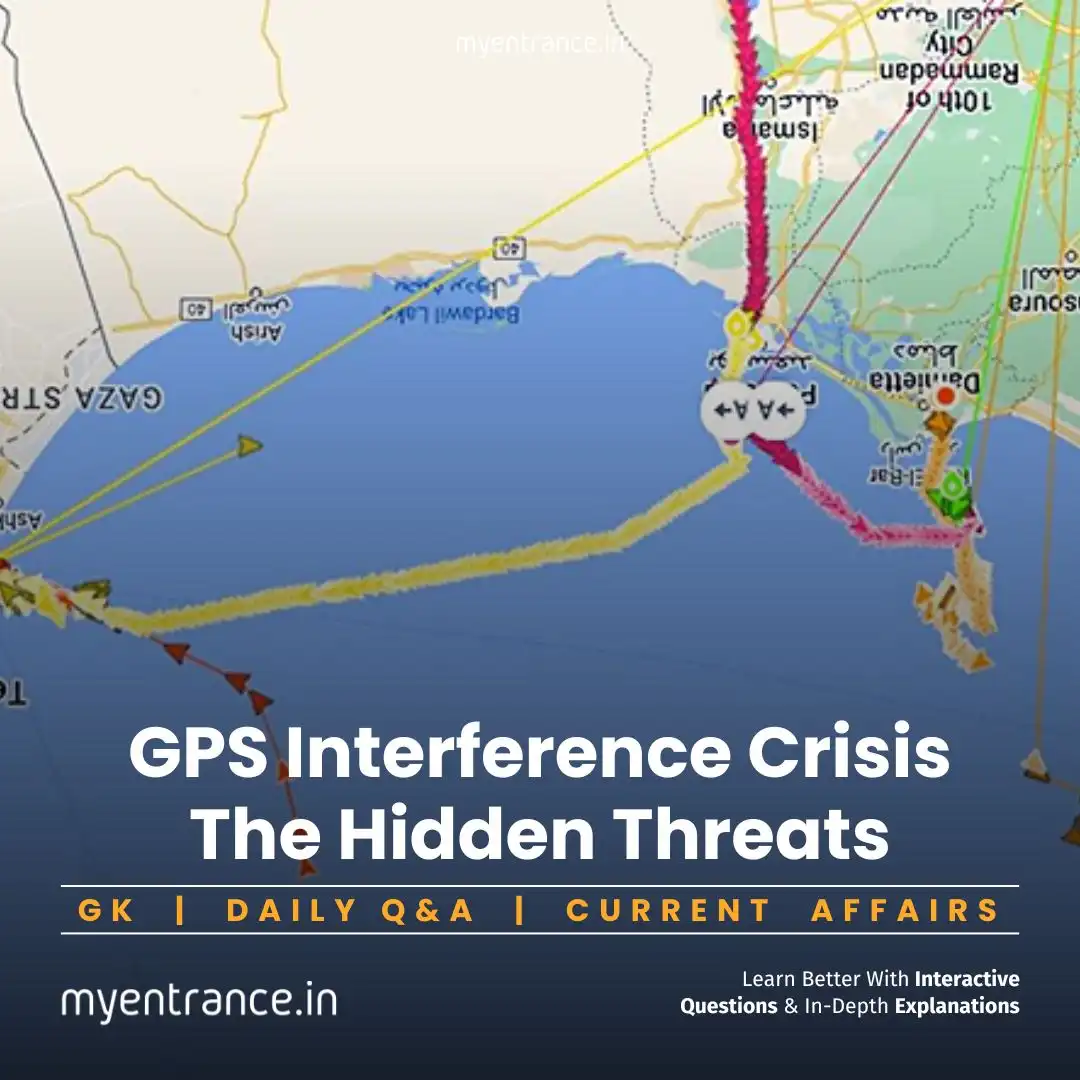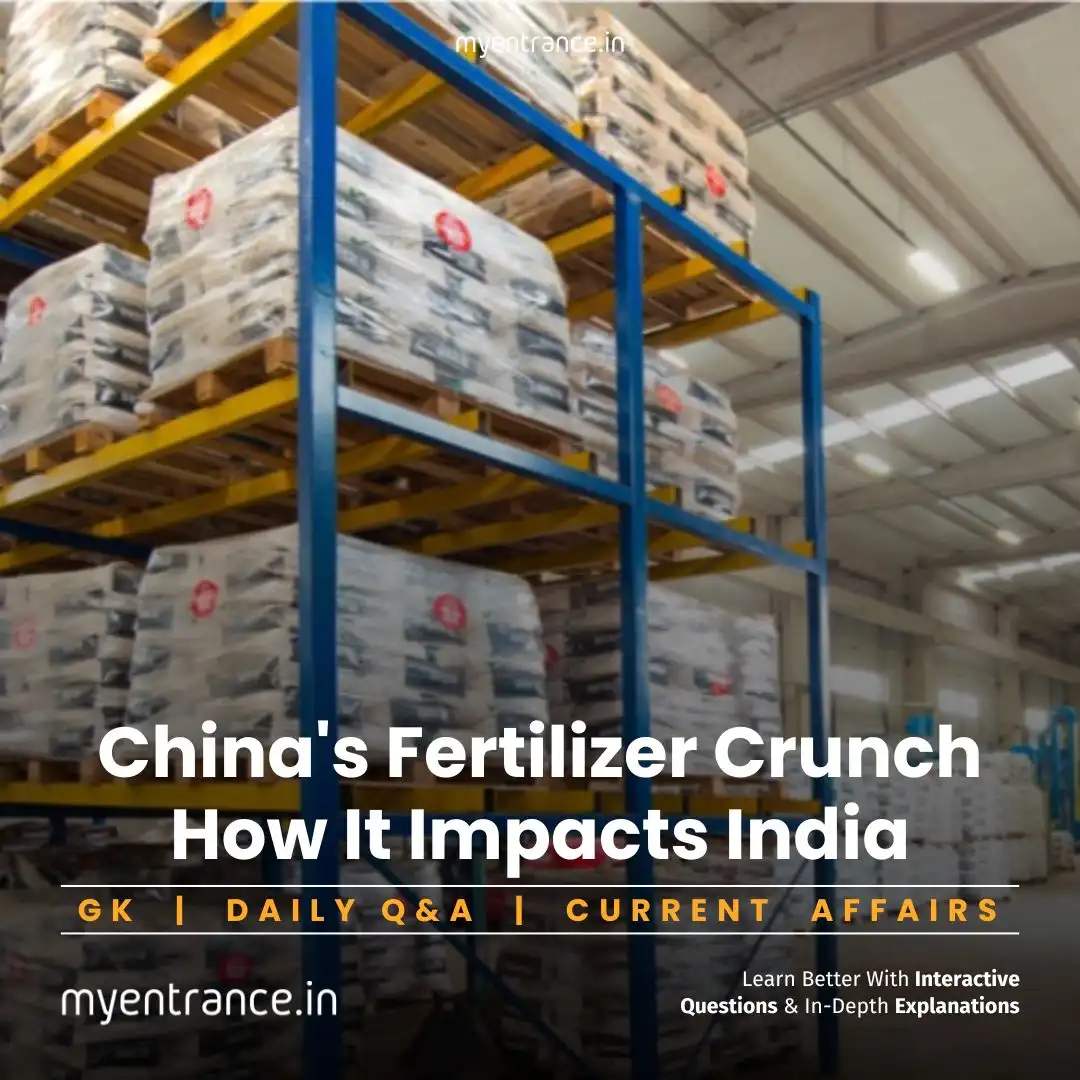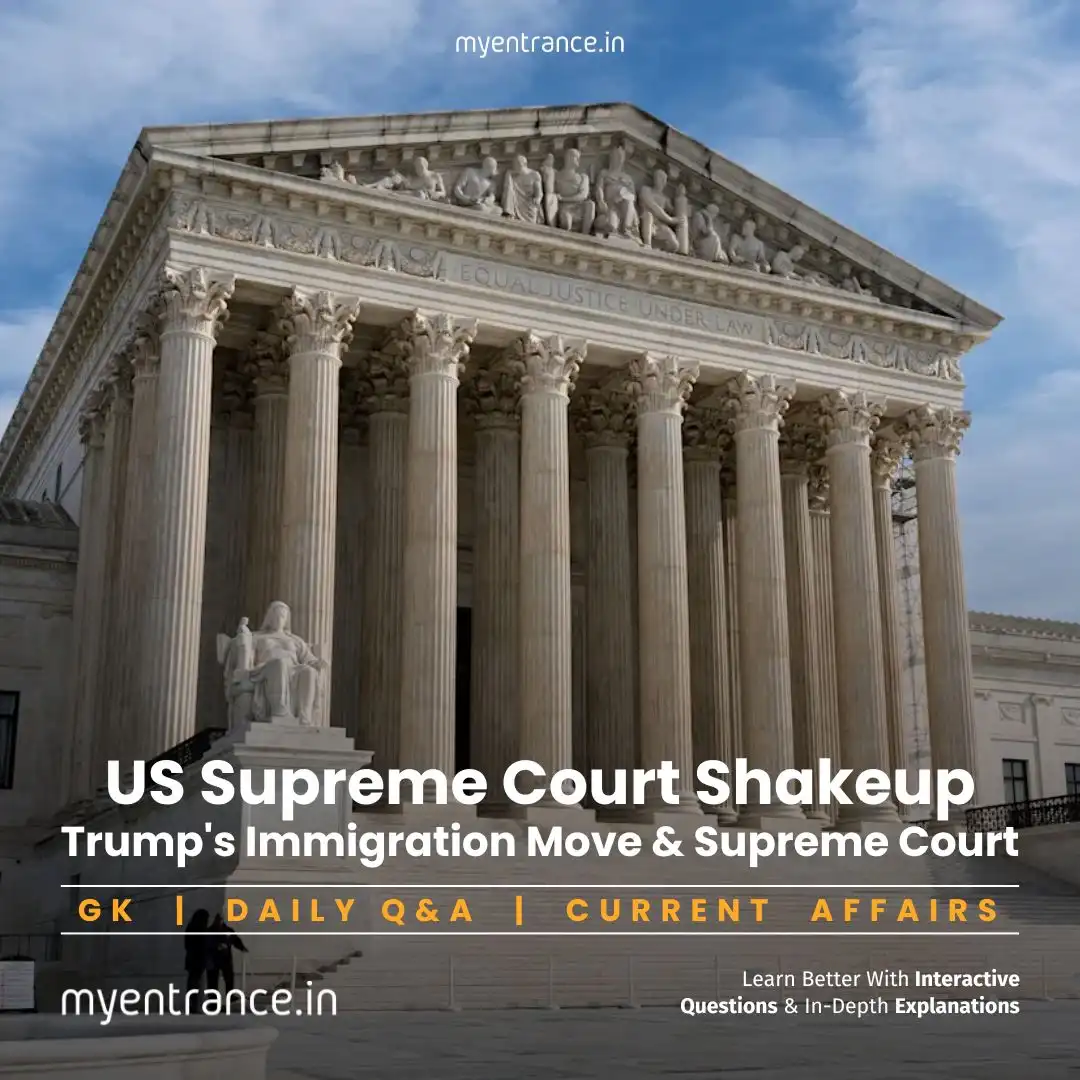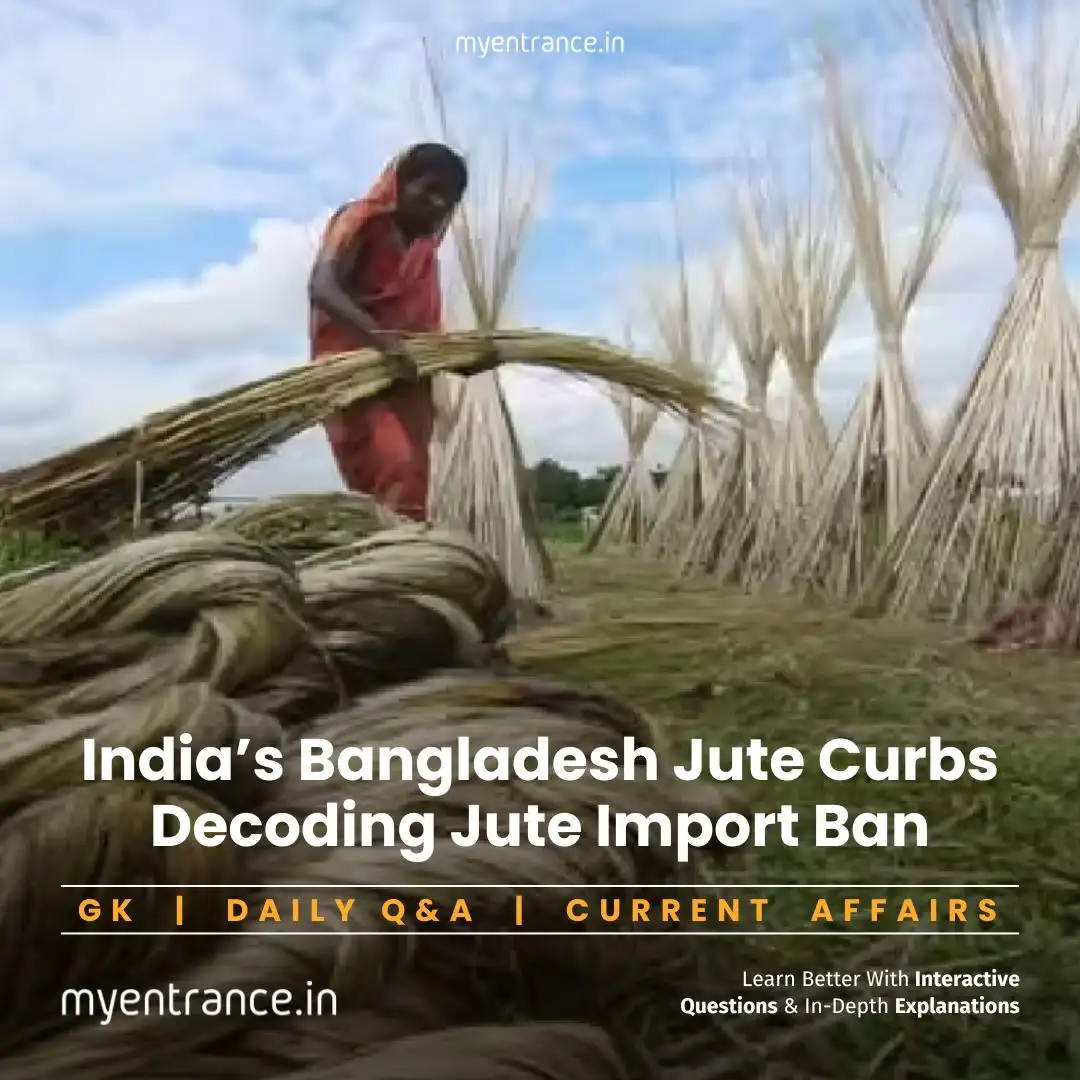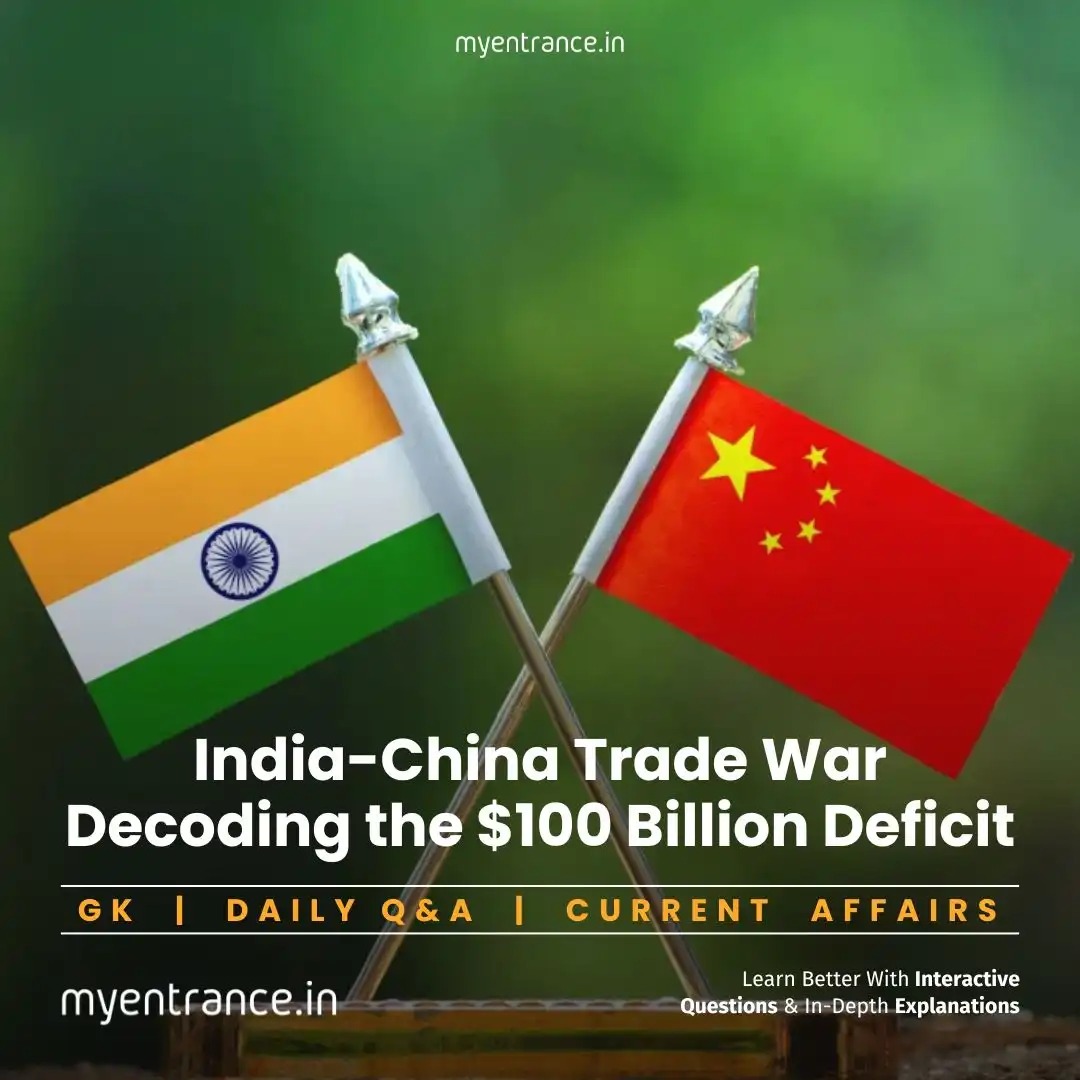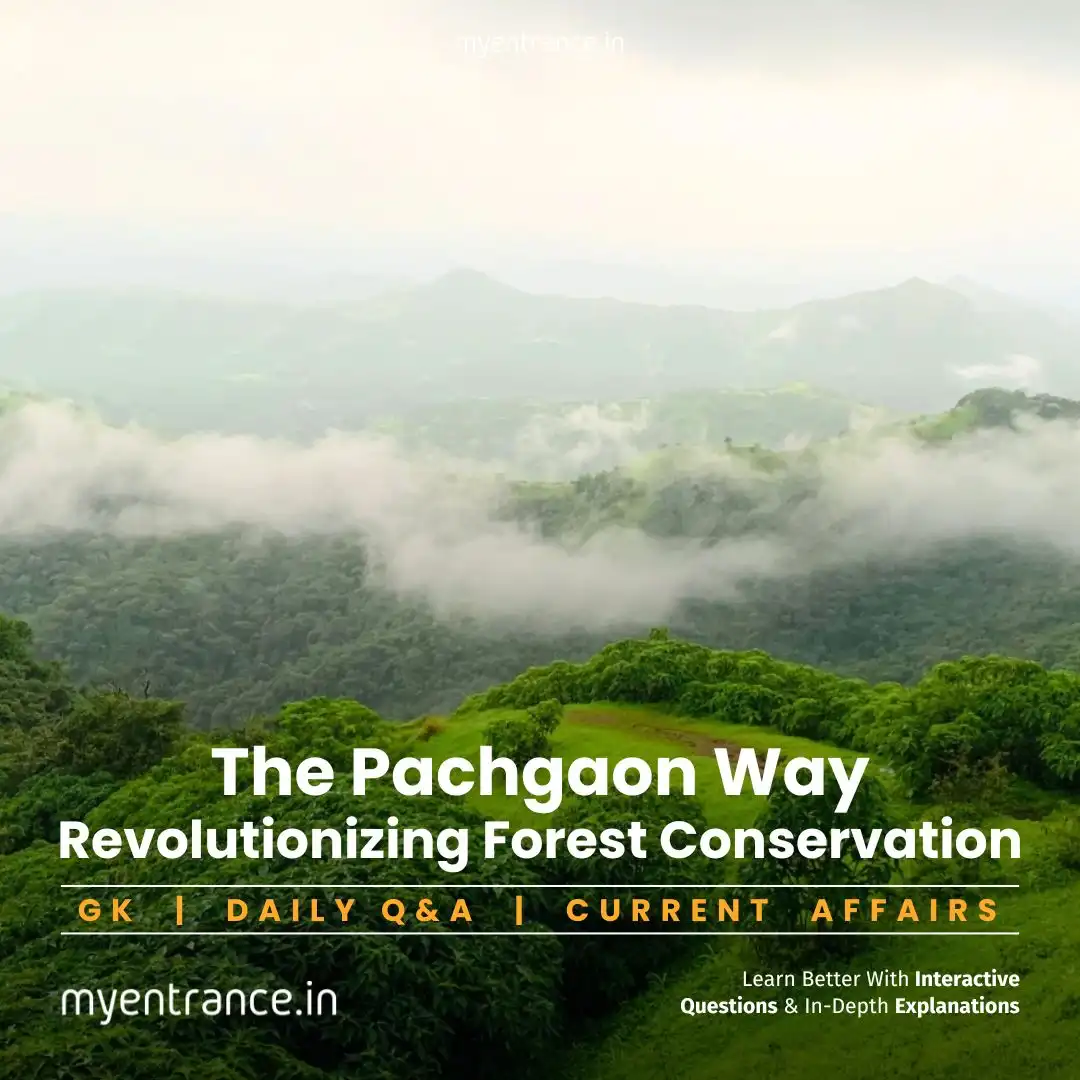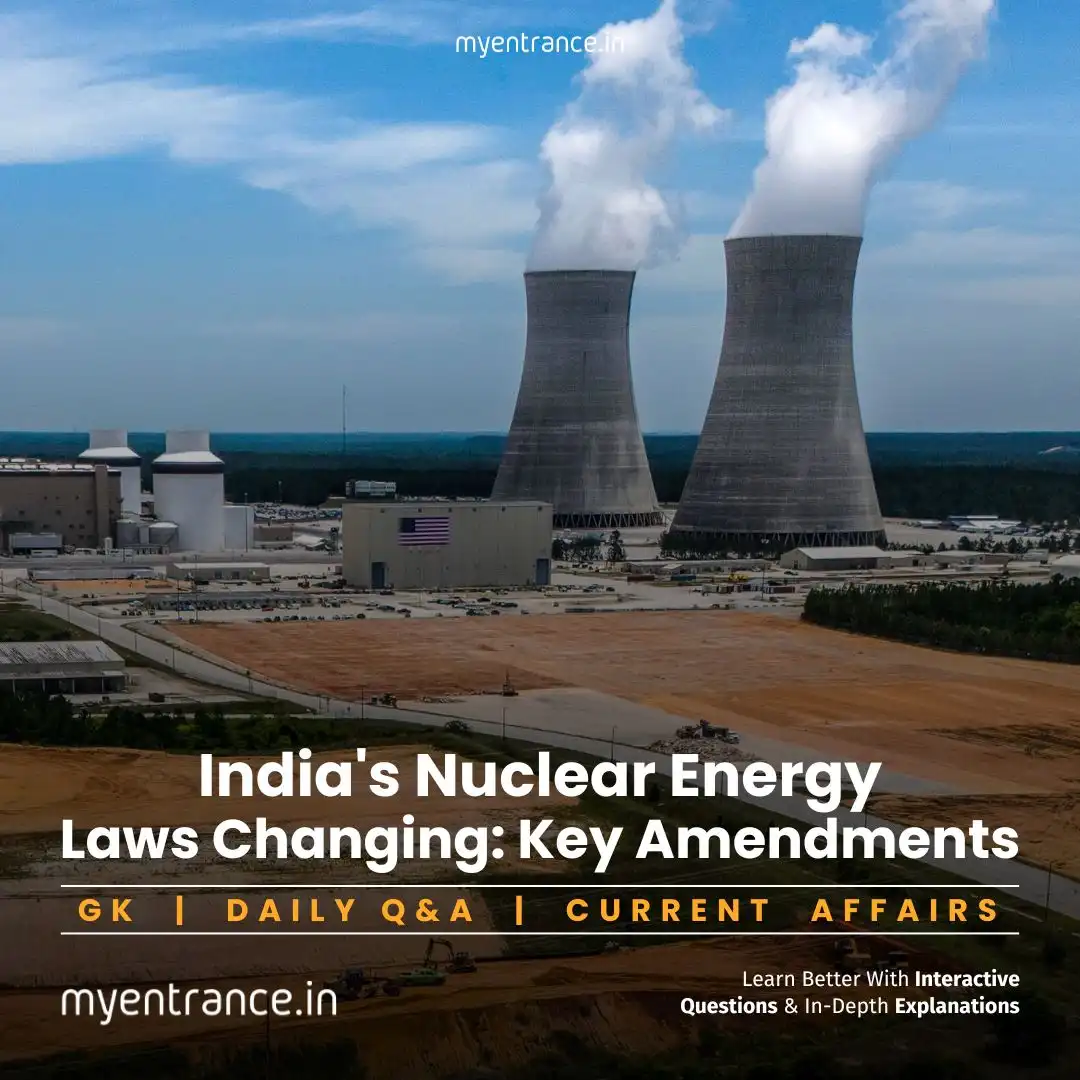Select Language
One Nation, One Election: Impact on Federalism, Challenges, and the 2034 Roadmap
The push for “One Nation, One Election” (ONOE) could redefine India’s electoral landscape. This article unpacks its impact on federalism, key challenges, and why it’s crucial for your GS II preparation.
What is ONOE?
A proposal to synchronize Lok Sabha, State Assembly, and local body elections across India, reducing frequent polls.
Arguments For & Against
Pros:
Cost reduction (estimated ₹4,000 crore savings per election cycle).
Minimized policy paralysis during election seasons.
Reduced burden on security forces and administrative machinery.
Cons:
Federalism Concerns: Undermines states’ autonomy; regional issues may get overshadowed by national narratives.
Practical Hurdles: Premature dissolution of assemblies (e.g., no-confidence motions) disrupts synchronicity.
Legal Complexity: Requires constitutional amendments impacting Articles 83, 172, and 356.
Historical Context
1952–1967: First 3 LS and state elections were simultaneous.
Post-1967: Misaligned due to premature dissolutions and hung assemblies.
Past Attempts: EC recommended ONOE in 1983; Kovind Committee (2023) drafted current Bills.
Current Developments
2034 Timeline: Joint Parliamentary Committee (Chair: PP Chaudhary) confirmed ONOE’s earliest implementation by 2034.
Key Proposals:
Constructive No-Confidence Motion: Inspired by Germany—opposition must prove majority while moving no-trust vote.
Constitutional Amendment: Adding Part XVA to enable synchronized polls (22nd Law Commission’s draft).
Federal Safeguard: Committee asserts ONOE won’t violate federalism (citing SR Bommai v. Union of India).
Global Examples
South Africa, Sweden: Hold national and provincial elections together.
Germany: Uses “constructive no-confidence” to maintain government stability.
Sample Q&A for GS II (UPSC Focus)
Q: How does ONOE impact India’s federal structure?
A: Critics argue it centralizes electoral authority, diluting states’ autonomy. Proponents claim it streamlines governance without altering legislative powers.
Q: What is a “constructive vote of no-confidence”?
A: A mechanism requiring legislators to propose an alternative government while moving a no-confidence motion (prevents premature dissolution).
Q: Which Supreme Court case upheld federalism as a basic feature of the Constitution?
A: SR Bommai v. Union of India (1994).
Q: When were elections last held simultaneously in India?
A: 1967 (before frequent dissolutions disrupted the cycle).
Q: Which constitutional body recently drafted a “Part XVA” for ONOE?
A: The 22nd Law Commission (Chair: Justice Ritu Raj Awasthi).
Most Predicted Questions
Comprehensive study materials, Expert-guided tips & tricks, Mock tests and instant results.
Start your SSC, NIFT, NID, FDDI, PSC journey today with MyEntrance, your ultimate online coaching platform.
